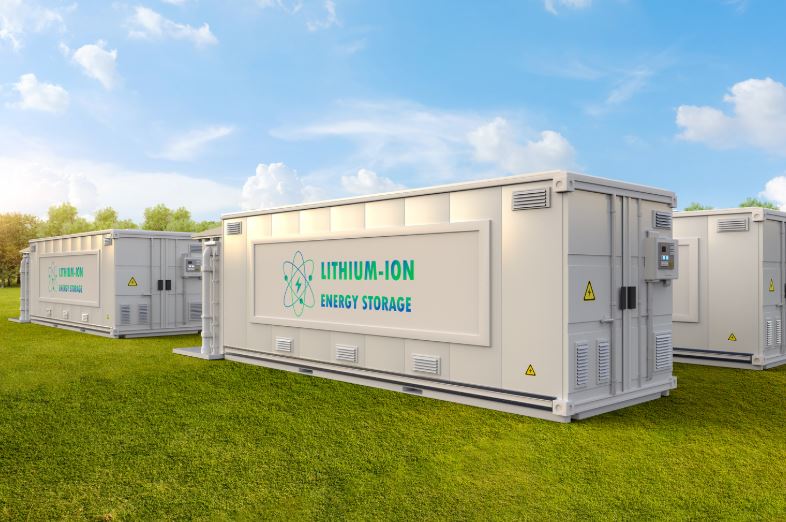The maritime industry faces a pressing challenge: curbing the significant greenhouse gases emitted by seaports, which are pivotal hubs of global trade responsible for a staggering 2.5% of global emissions.
This figure poses a substantial challenge, particularly with the expectations that it could rise to 5% by 2050 absent decisive intervention. In a sector marked by economic heft and environmental responsibility, mega seaports stand out for their massive cargo-handling capabilities and their consequential energy demand profiles. The stakes at such ports are high; the Ningbo Zhoushan Port alone—among the world’s largest—demonstrates the potential for transformative economic and environmental gains through innovative energy strategies.
A promising approach lies in the integration of hybrid energy storage systems (HESS) within these seaport ecosystems. These systems aim to address the intermittent and stochastic nature of renewable energy sources like solar and wind. The core proposition here involves optimizing these HESS through sophisticated multi-objective frameworks, aiming to minimize both lifecycle costs and carbon footprints. Recent studies have showcased the Ningbo Zhoushan Port’s execution of this framework, where the implementation of HESS resulted in a reduction of approximately 497,186 tons of carbon emissions and savings of 81.29 million RMB in electricity purchases across the system’s lifecycle.
The framework hinges upon the incorporation of wavelet decomposition and double-layer particle swarm optimization to solve inherent multi-objective optimization problems. This methodological approach underscores the need for a balanced configuration that understands the dual localized and centralized nature of energy storage requirements in ports. The viability of such a sophisticated solution raises questions about adaptability across diverse geographic and operational seaport contexts, taking into account local renewable energy potentials and demands.
While renewable energy forms a crucial part of this equation, the challenges of their unpredictable production cycles—due to factors such as weather variations—emphasize the need for energy storage systems to stabilize the power supply. More than mere repositories, these systems must smartly distribute stored energy to mitigate moments of renewable energy shortage. This consideration ensures a reliable energy supply and supports the overarching aims of reducing carbon emissions and enhancing renewable energy’s role within seaport operational frameworks.
Notably, the design of integrated multi-energy systems must acknowledge the complementarity of various energy sources and storage configurations—key to managing the idiosyncrasies of seaport energy demands. As spotlights turn increasingly on these approaches, the efficacy and scalability of HESS will likely frame the discourse on sustainable energy transitions within seaports. With further iterative refinements and empirical assessments, the true potential of such systems in decreasing emissions and operational costs can be further revealed, potentially setting new benchmarks for sustainability in maritime industries.
Stay updated on the latest in energy! Follow us on LinkedIn, Facebook, and X for real-time news and insights. Don’t miss out on exclusive interviews and webinars—subscribe to our YouTube channel today! Join our community and be part of the conversation shaping the future of energy.





